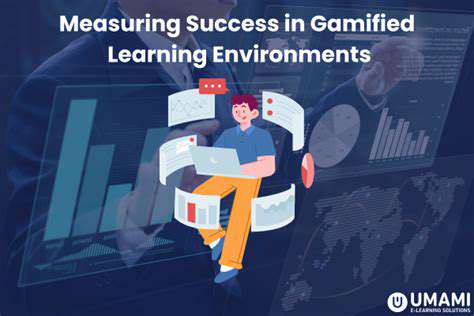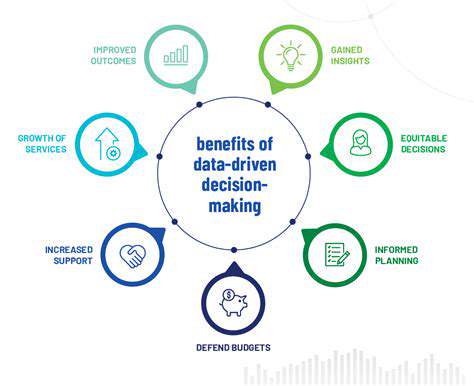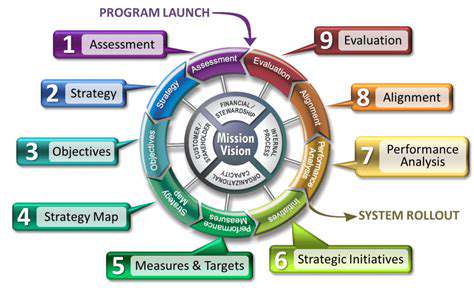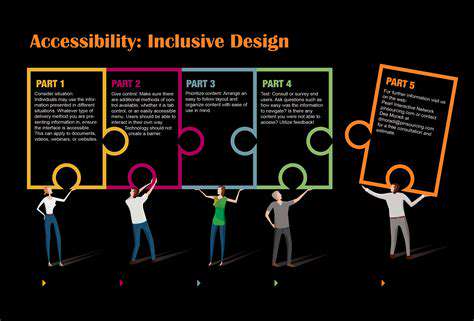Breaking Barriers: EdTech for Students with Disabilities
Modern classrooms increasingly rely on assistive tools to create inclusive spaces. These innovations enable students with diverse needs to participate actively, engage meaningfully with lessons, and reach their highest capabilities. By offering tailored support, these solutions remove obstacles and cultivate classroom belonging. This matters profoundly for both academic achievement and each learner's confidence and emotional well-being.
From basic text-to-speech applications to advanced adaptive systems, today's assistive tools address multiple learning preferences and challenges. They accommodate various requirements - whether visual impairments, auditory processing issues, or physical limitations. The objective remains consistent: delivering customized assistance that helps learners access and comprehend information successfully.
Accessibility Features in Educational Software
Contemporary educational programs frequently build accessibility directly into their frameworks. Features like adjustable text sizing, contrast settings, and speech output functionality make materials more accessible for students with visual or cognitive differences. This embedded accessibility creates smoother, less disruptive learning experiences for students requiring special accommodations.
Additionally, some platforms provide alternative interaction methods, including screen readers and voice commands. These options grant students with physical challenges the independence to navigate software and complete assignments. The outcome? A richer, more personalized educational journey for every participant.
Augmentative and Alternative Communication (AAC) Systems
AAC solutions prove indispensable for students facing verbal communication difficulties. These systems span from basic picture charts to advanced speech-generating devices, offering multiple avenues for self-expression and classroom participation. The extensive AAC selection enables precise matching to individual student requirements.
Beyond communication, these tools support learning directly. Visual timetables, for example, assist students with autism or developmental conditions in understanding daily activity sequences. Such predictability can significantly lower anxiety while boosting engagement with learning materials.
Interactive Whiteboards and Touchscreen Technology
Interactive displays and touch-sensitive screens deliver compelling visual experiences benefiting all learners. These technologies enable hands-on activities, simulations, and live collaboration, transforming lessons into dynamic, enjoyable experiences. Students who learn best visually particularly gain from these immersive educational tools.
Customized Learning Platforms and Adaptive Software
Tailored learning systems and adaptive programs modify challenge levels based on student performance. This ensures appropriate difficulty scaling and self-paced progress. Such platforms frequently provide personalized feedback and targeted resources, crafting optimized learning pathways.
This individualized methodology accommodates various learning speeds and styles, helping build confidence and academic success. The systems' adaptive nature enables ongoing evaluation and curriculum adjustment, guaranteeing ideal learning results for each participant.
The Role of Educators in Implementing Assistive Technologies
Teachers serve as critical facilitators when incorporating assistive technologies. They require proper training to deploy these tools effectively while addressing students' unique needs. Professional development should emphasize practical application techniques and instructional adaptations for diverse learners.
Educators must also cultivate supportive environments where students feel comfortable using assistive tools. This involves teaching peers about inclusion's importance and nurturing respectful classroom cultures. Such efforts establish positive learning spaces where all participants feel empowered to develop academically and personally.
Fostering Collaboration and Communication through Online Platforms
Leveraging Virtual Workspaces for Enhanced Collaboration
Digital collaboration platforms have transformed team interactions, enabling smooth communication and project coordination across distances. Virtual workspaces combining document sharing, messaging, and video conferencing create dynamic environments for real-time engagement. This supports nimble, responsive approaches to problem-solving while eliminating traditional teamwork obstacles.
Beyond basic communication, these platforms facilitate shared timelines, progress monitoring, and task delegation, keeping all members synchronized. Such transparency reduces confusion and promotes collective accountability - essential for successful project execution.
Streamlining Communication Channels for Efficiency
Productive collaboration hinges on effective communication. Online platforms offer multiple channels - email, messaging, forums, and video calls - for efficient information exchange. This consolidated approach removes inefficiencies plaguing traditional methods like lengthy email exchanges.
Centralized communication hubs enable rapid responses, timely updates, and substantive discussions, conserving valuable resources. This structured method proves vital for overcoming communication hurdles and strengthening team cohesion.
Enhancing Accessibility and Inclusivity
Digital collaboration tools significantly improve accessibility and inclusion. Their virtual nature enables full participation regardless of physical location or ability. Remote workers, individuals with disabilities, and multicultural team members can contribute expertise without geographical constraints, enriching team diversity.
Features like live transcription and translation tools overcome language barriers, ensuring all voices are heard. This contributes to more harmonious, productive working environments where every participant feels valued.
Building Stronger Relationships Through Virtual Interaction
While primarily work-focused, online platforms can strengthen interpersonal connections. Informal features like virtual social breaks allow personal bonding and rapport development. These personal connections - even digitally mediated - enhance mutual support throughout projects.
Promoting Transparency and Accountability in Projects
Digital platforms enhance project transparency through centralized document storage and task tracking. Shared access keeps all informed about developments, fostering responsibility. Regular platform-accessible updates enable continuous monitoring, helping projects stay on schedule.
This openness builds trust and accountability cultures where members take ownership of contributions - crucial for overcoming communication challenges and strengthening collaboration.
Overcoming Geographical Barriers for Global Teams
Online platforms prove particularly valuable for international teams, connecting members across time zones. These virtual spaces facilitate communication, knowledge exchange, and project management essential for global partnerships. The ability to collaborate across continents sparks innovation through diverse perspectives.
Breaking down physical barriers creates more inclusive team environments, fostering dynamic, creative collaborative spaces where geographical limitations no longer constrain potential.











